10 BEST Things To Do In Bratislava, Slovakia
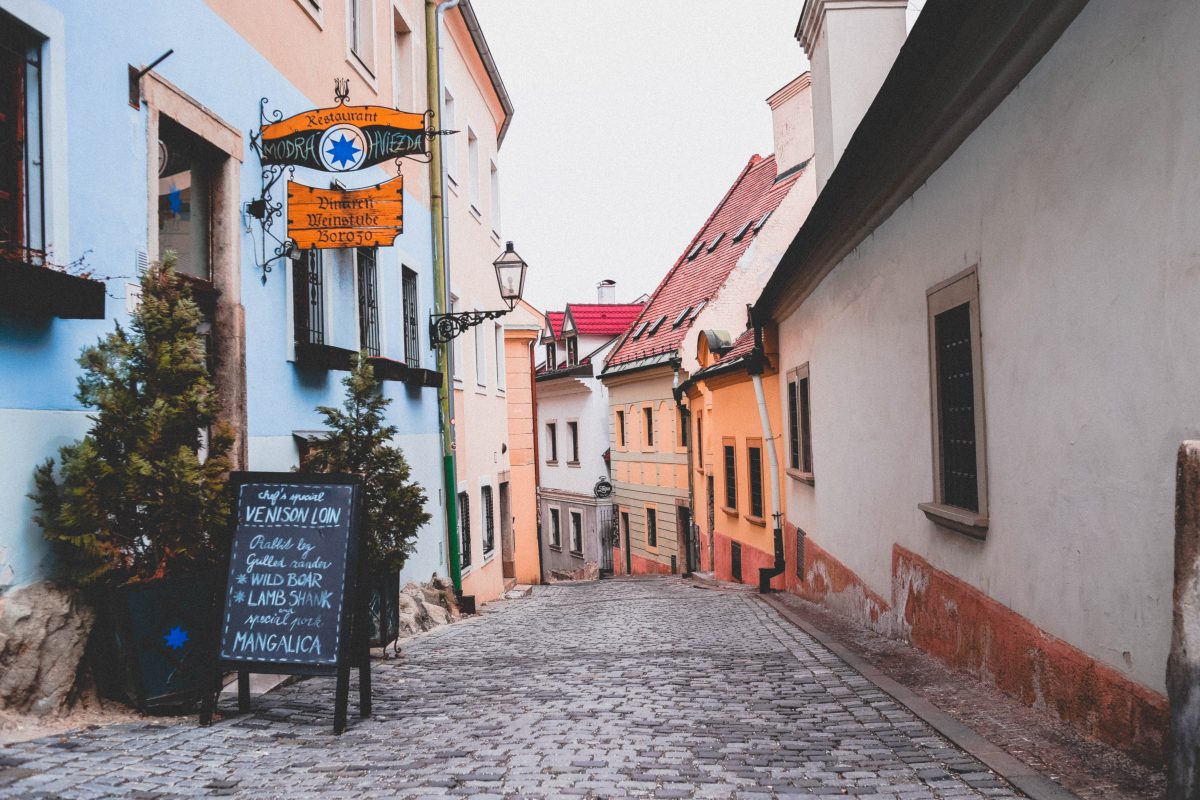
So, you’re planning a trip to the capital of Slovakia? Get ready for a real adventure. Forged over the millennia by Celtic tribes, Roman empires, and Slavic kingdoms, it’s one of the great cities of the Danube basin. These days, you can see it rising above that iconic river with its whitewashed castle and curious modern architecture, bustling with life and energy. What’s more, there are oodles and oodles of things to do in Bratislava for the budding traveler…
Whether you come to get lost in the fairy-tale Old Town or break out to the beautiful foothills of southern Slovakia, this one has you covered. There are quaint squares to sip coffee on; there are winding cobbled lanes that give way to grand churches. You’ll want to have the camera at hand, and be ready to encounter USSR-style tenements next to elegant medieval buildings. And that’s not even mentioning the fabled Bratislava nightlife, which is sure to take care of all the activities after dark!
1.
Explore Bratislava Castle
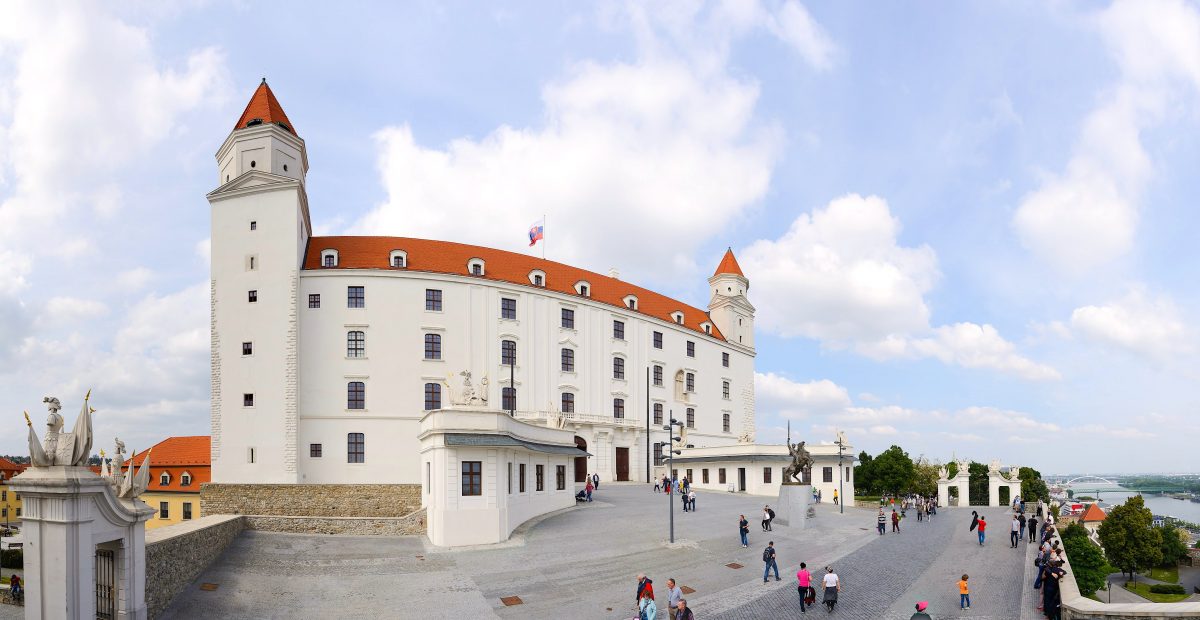
©Photo by Uoaei1 on Wikicommons
If there’s one landmark that really defines the skyline of the capital of Slovakia, it’s surely Bratislava Castle. Perched on a bluff of rock directly above the Old Town and the Danube, it’s instantly recognizable. That’s thanks to its square-cut design and red-tiled roofs, it’s quad of turrets and wooded stage atop the city center.
Visiting the castle is very often right at the top of the list of things to do in Bratislava. The whole complex is open daily (except on Mondays). Tickets cost 10 EUR for basic admission, while holders of a Bratislava Card go free. Once inside, you’ll be able to explore to your heart’s content. Highlights include the Great-Moravian Basilica which dates from the 11th-century. Then there’s the Slovak National Museum collection, holding priceless gold and silver trinkets from centuries ago.
Another reason to head for the heights of Bratislava Castle is the panoramic view. From the bulwarks here, you can peer out across the winding Danube River and see the Austrian border to the west. There are also stunning broadsides down onto the Old Town and its pub-fringed plazas below.
2.
See the mighty Slavin War Memorial
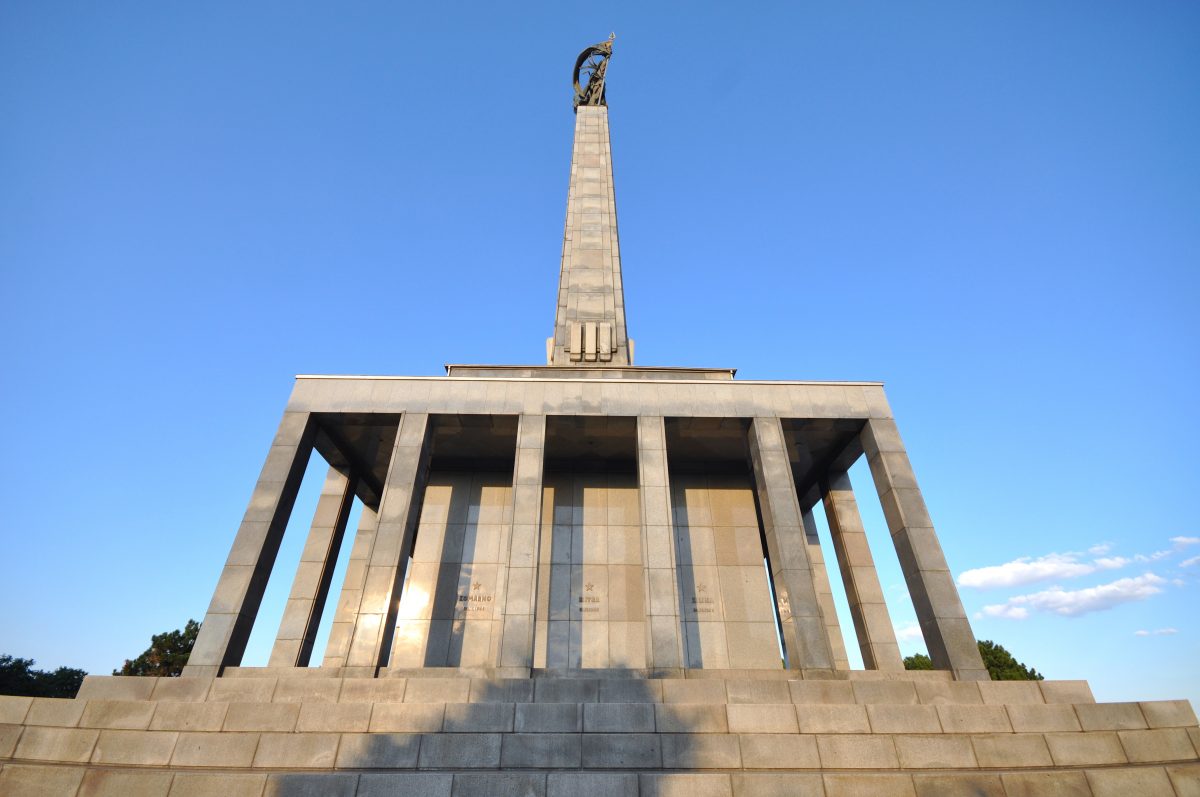
©Photo by Jorge Láscar on Wiki Commons
Spiking the Slovakian skies high above Bratislava Castle and the sprawl of the city, the Slavin War Memorial is another of the town’s iconic sights. It’s the centerpiece of a huge military cemetery that’s host to the graves of more than 7,000 Soviet soldiers. They are honored for their sacrifice while liberating the capital of Slovakia from Nazi forces in 1945.
The monument of Slavin itself stands a whopping 39 meters high, so you’ll hardly be able to miss it. Around it is proud statues and peristyles built in a fusion of Neo-Classicism and Brutalism. They are gilded with inscriptions that list towns and villages throughout the territory of onetime Czechoslovakia that was similarly retaken by the Red Army at the end of the war.
It might only be 15 minutes’ ride on the bus from downtown Bratislava, but the monument is a meditative escape. It’s hemmed in by woodlands of beech and oak. There are sweeping views that look out across the Danube and beyond. And the surrounding neighborhood is famed for its elegant Habsburg-era villas.
3.
Get lost in the lovely Old Town of Bratislava

©Photo by Anastasia Dulgier on Unsplash
Get ready to be enchanted by the fairy-tale character of the Bratislava Old Town. A maze of narrow cobbled lanes, palace-rimmed plazas, church-topped streets, and babbling fountains, this historic area remains the hub of the capital of Slovakia. It’s a lovely place to be – especially if you don’t mind getting lost!
Yep, look one way and you’ll encounter wide spaces fronted by Baroque palazzos. Look another and there are hidden beer bars that bustle with students and locals clinking their brews. One moment you’ll be navigating craft workshops in a narrow backstreet. The next you’ll be ducking under handsome medieval gatehouses in search of cozy coffee shops tucked into the alcoves.
As the evening closes in, be sure to make for the Old Town area for your drinks and food. It’s not just centuries-old frontispieces in these parts – the neighborhood is also the place to go for Bratislava nightlife!
4.
A day trip on the Bratislava to Budapest train
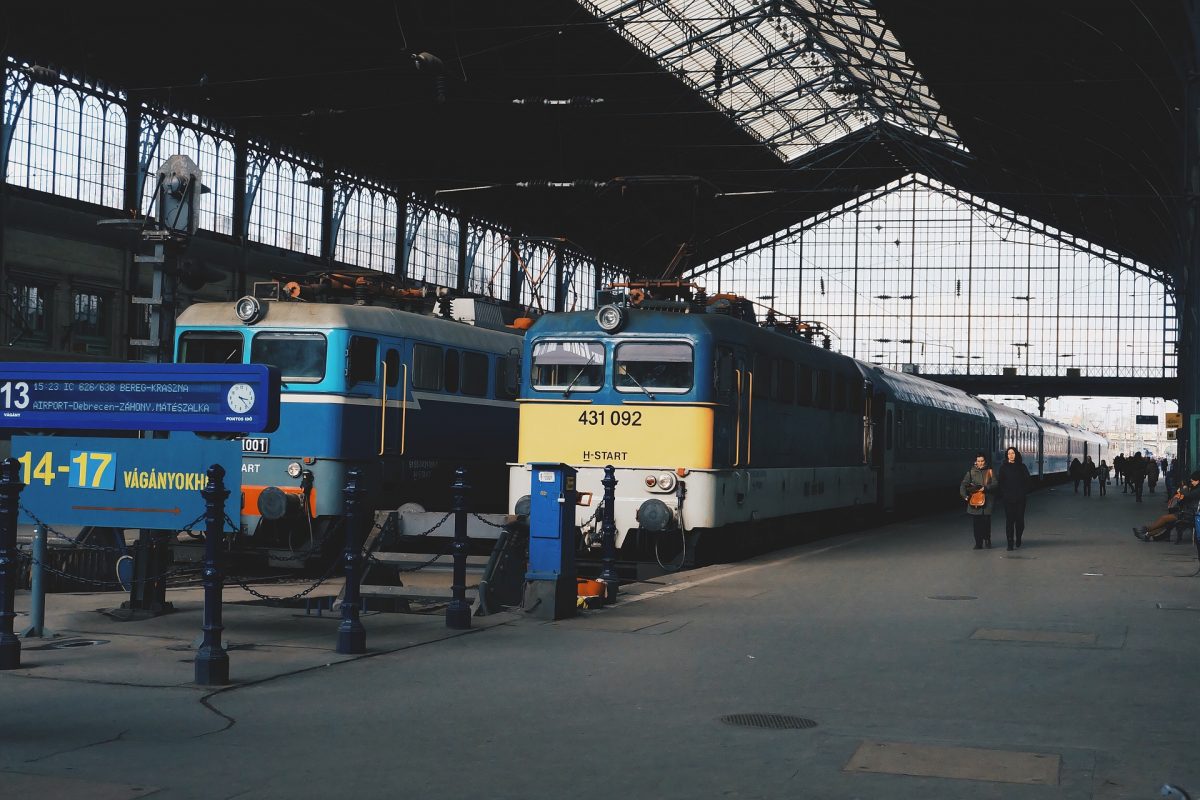
©Photo by Pixabay
Head to the main station and hop on one of the regular Budapest to Bratislava trains. They leave almost hourly most days, rattling out on lines that shoot eastwards through the heart of Europe. It’s worth doing for the journey alone. You start passing through the low Soviet-era blocks on the outskirts of the capital of Slovakia. Then, you whizz along tree-lined train tracks by quaint Slovak villages with retro platforms and little squares.
As you approach Budapest after around two hours’ traveling, the railway lines merge with the meanders of the Danube. You’ll be able to see the soft hills of Hungary rising against the border. The colossal domed church of Esztergom comes into view (it’s one of the most important churches in all of Hungary). And the slow-flowing waters look beautiful weaving between slopes clad in pine and oak forests.
Of course, the joys aren’t only on the train. You can while away some hours in the magnificent Hungarian capital before riding the Budapest to Bratislava train back again. That’s home to steaming spa baths and immersive Buda castle, not to mention legendary ruin bars with cheap beer! In all, a return ticket on the route should cost in the region of 17.5 EUR.
5.
Escape to the Little Carpathians for walking and wine tasting
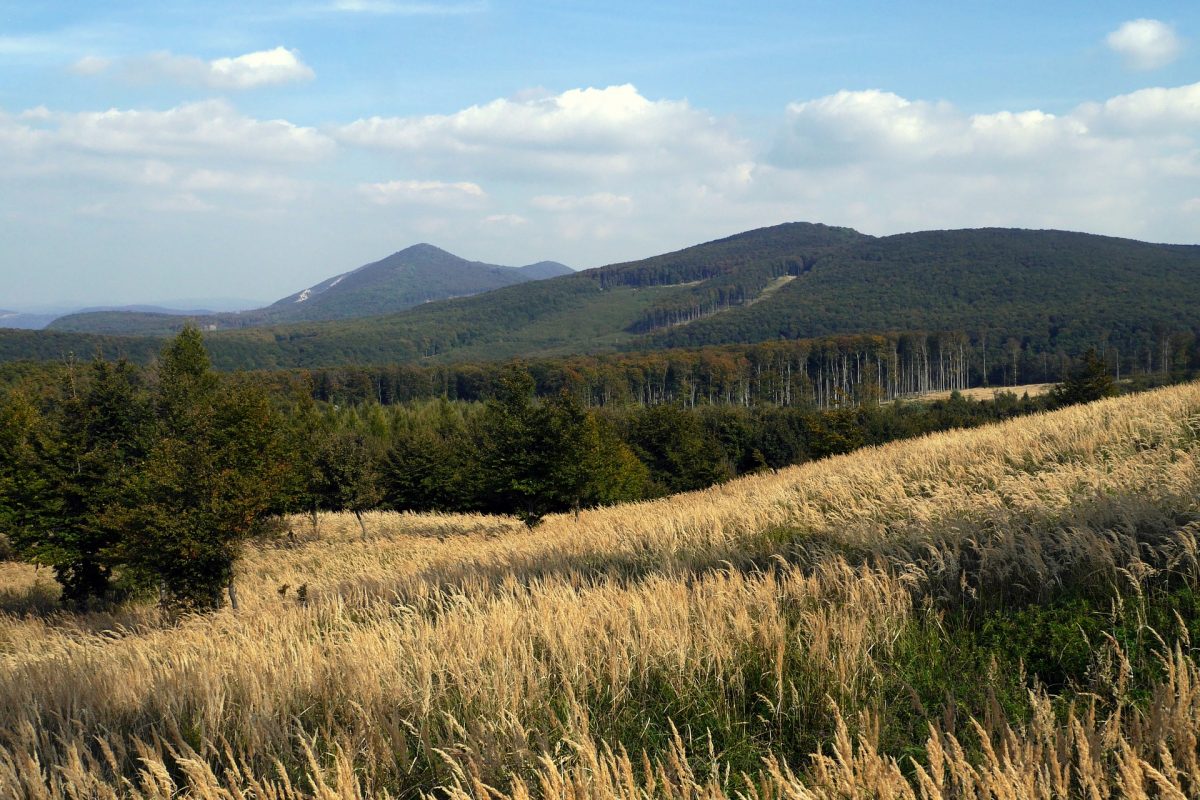
©Image by Vladimír Ješko from Pixabay
Whoever said all the top things to do in Bratislava had to be in the city itself? There’s something great about the fact that this town sits on the cusp of the Slovak hills. It might be wedged between Budapest and Vienna right on the south-western end of the country, but that means the so-called Little Carpathians begin just to the north. They are a handsome and charming corner of Europe, with softly sculpted peaks and troughs where farms and vineyards speckle the landscapes.
You’ll want to be sure to come here when the Bratislava weather is at its best. In fact, trips between May and September are some of the finest of all. That’s when the village-to-village rambling paths are all open and green colors shade the fields. Closer to October is when you can join the grape harvest in the local wineries and taste homemade Burčiak – a unique tipple created from the lightly fermented grape press.
But the joys of the Little Carpathians don’t end there. At more than 100 kilometers in length, there’s loads of outdoorsy exploration on offer in the region. Some of the best hiking trails await on the craggy peaks of Plavecke Podhradie. Meanwhile, ski slopes even pop up come December, in the small resort of Pezinska Baba.
6.
Tour the haunting Devin Castle
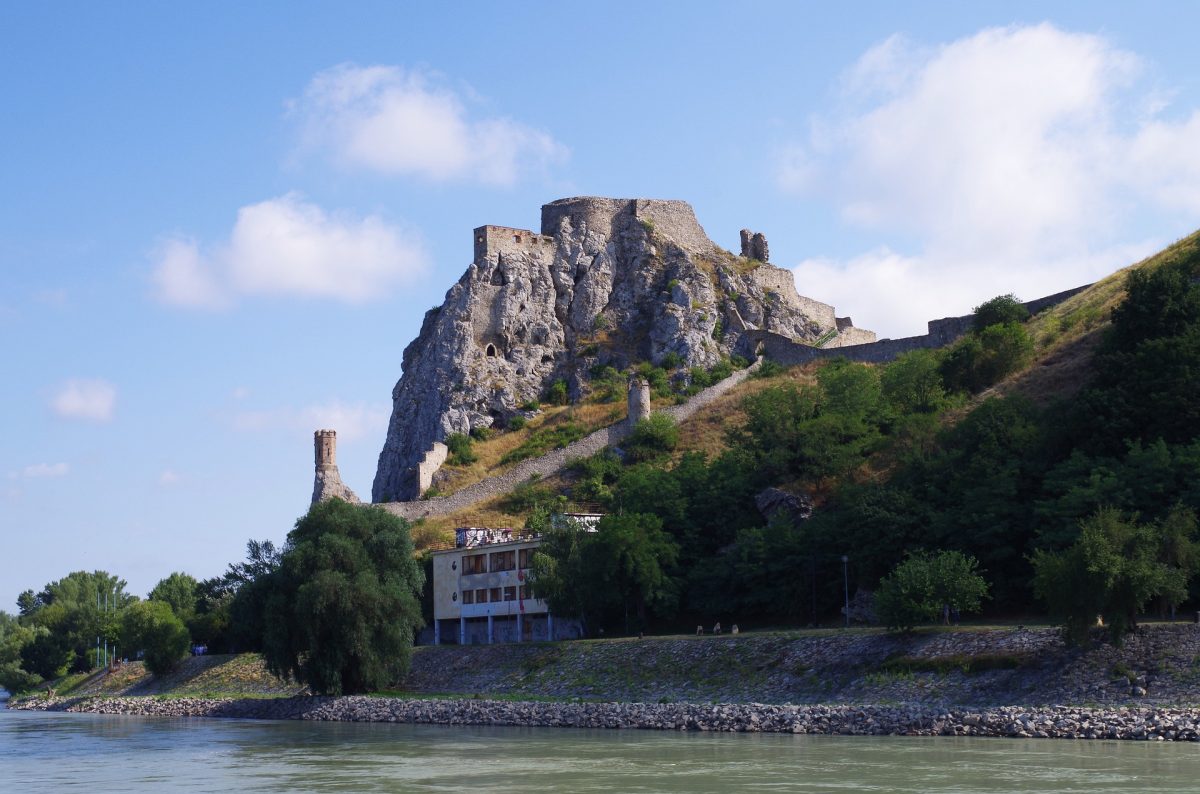
©Photo by Ajale on Pixabay
Devin Castle traces its history back to the age of the Great Moravian Empire. That was one of the first Central European empires run by the Slavs, with the territory that extended deep into Czechia and Poland to the north. After weathering sieges and battles in that era, Devin was rebuilt as an outpost on the edge of the Hungarian Kingdom. Later, it was reinforced by the Habsburgs to defend Europe from the onslaught of the Ottoman Empire. The citadel was eventually razed by Napoleon in 1809.
All that enthralling history awaits at the half-ruined site that now commands a great bluff by the Austrian-Slovak border. Just 10 kilometers from the center of Bratislava, it’s super easy to get to. As you arrive, you’ll instantly see why this spot has inspired Romantic poets and painters. Just look at the way its grey stone walls jut dramatically from the boulders and precipices!
Entry to Devin castle is around 5 EUR per person. However, you might want to consider doing a more unique tour to see the wonder. There are boat trips up the Danube, for example. Alternatively, you could cycle or hike there if the Slovakia weather is looking good.
7.
Unravel the history of St Martin’s Cathedral
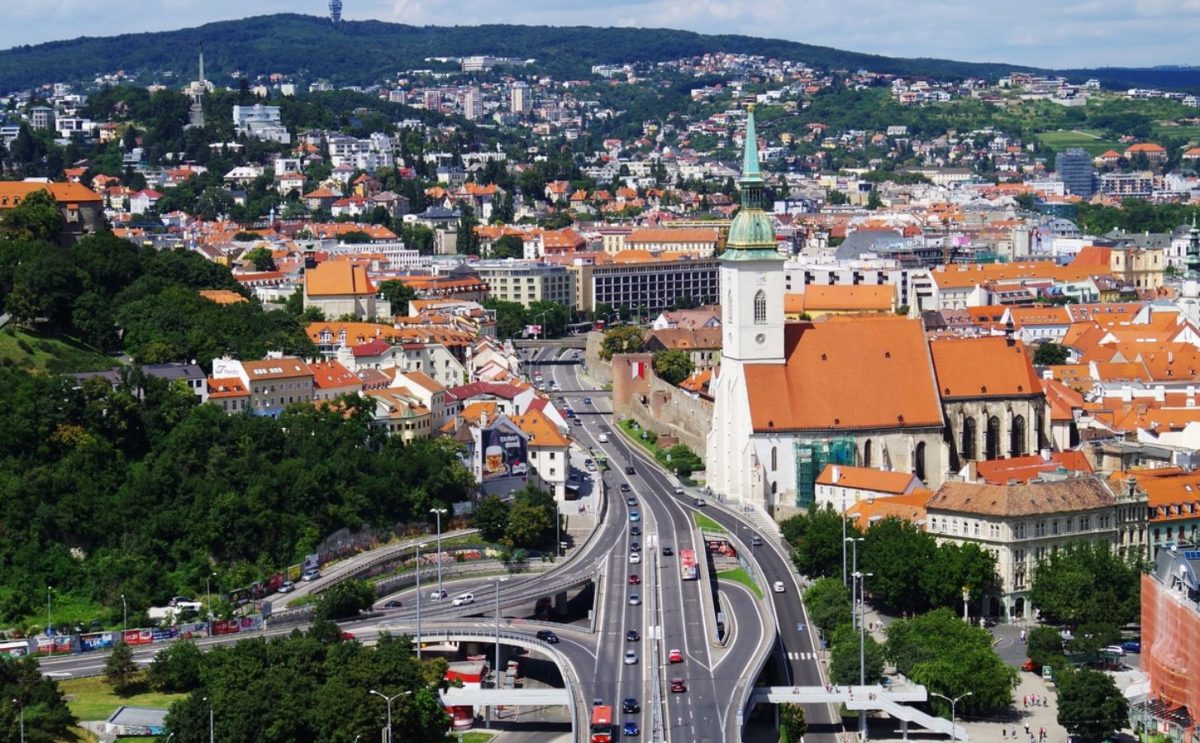
©Photo by Ajale on Pixabay
Small and unassuming St Martin’s Cathedral doesn’t stand out like the great basilicas of other European capitals. However, this stoic church is one of the most important in Central Europe. It’s also a veritable icon of the city, and a must-see spot steeped in Moravian and Hungarian heritage.
You’ll find it gilding a small square in the midst of the Old Town. There, it’s steep-sloped roofs and single frontal tower showcase handsome Gothic features. For centuries, it was the place where the kings of Hungary were crowned. It’s also said to be the resting place of John the Merciful, who died sometime in the 600s AD.
Delve inside St Martin’s Cathedral to see the quad of art-filled chapels that await there. There are shrines dedicated to Sophia of Bavaria and one extension that’s thought to be the oldest example of the Renaissance style in the whole country.
8.
Experience the no-holes-barred Bratislava nightlife
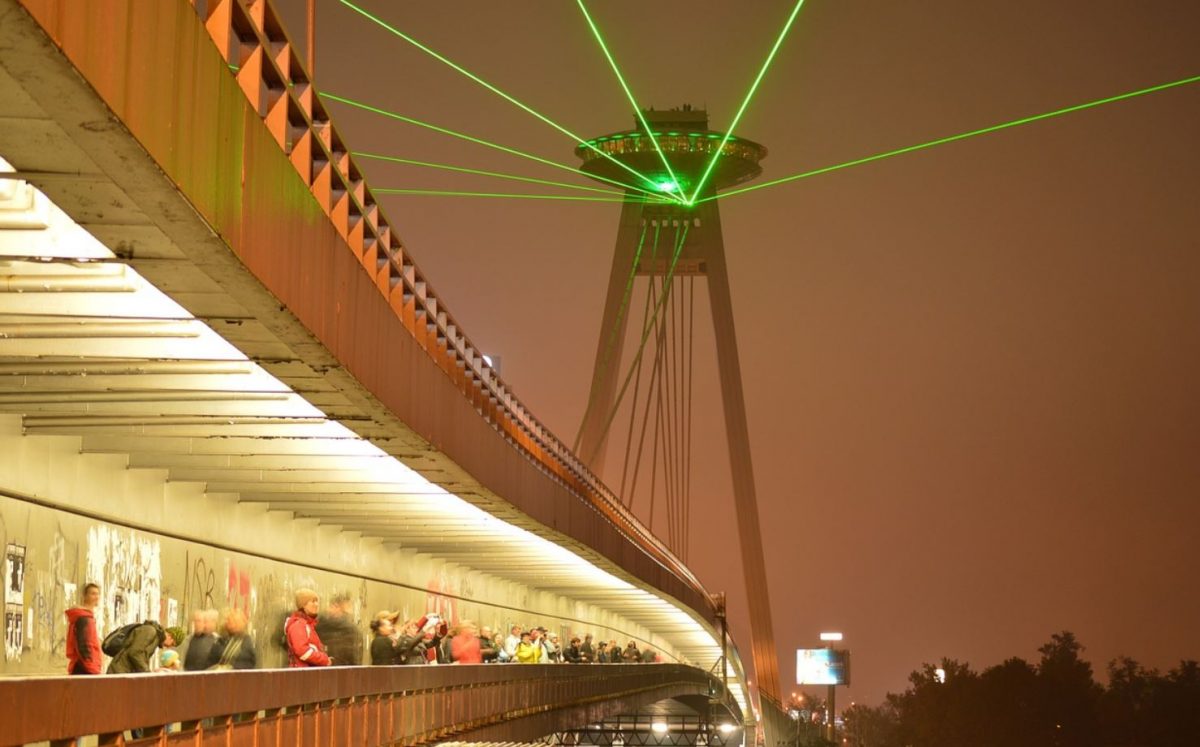
©Photo by quinntheislande on Pixabay
There are loads of reasons why the capital of Slovakia has become a legendary bachelor party territory. For starters, the town packs in countless bars, clubs, pubs, wineries, beer halls – you name it. They lurk in both the nooks and crannies of the Old Town and pop up on the wide streets of the Nove Mesto (the New Town). You can also rest assured there’s always a party going on. That’s thanks in the main to the booming student population that are resident in the city.
These days, a whole host of organized tours can help you make the most of the Bratislava nightlife. They include refined foodie jaunts and wine-tasting evenings. But they also include no-holes-barred pub crawls aimed at the backpacker crowd. Choose the latter and you could soon be glugging unlimited beer and dancing the night away in Slovakia’s largest club!
9.
Trace the history of the 20th century at the Museum of Czechoslovak Fortification System
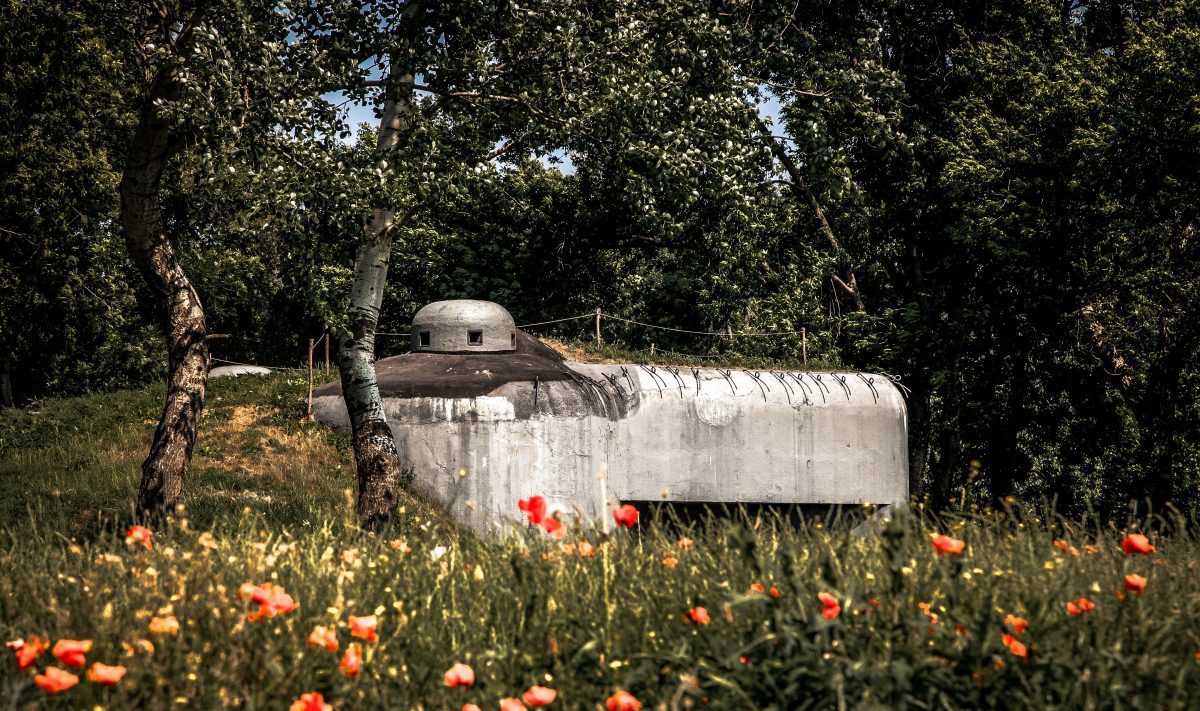
©Photo by official Visitbratislava.com
The Museum of Czechoslovak Fortification System sits just outside of the city, just a stone’s throw from the Austrian border. It’s a place where visitors to the capital of Slovakia can go to unravel the darker tales of the country’s 20th-century past.
The complex occupies a totally reconstructed bunker built all the way back in the late 1930s. It was once a part of a huge defensive system raised by the government of the then Czechoslovakia. The aim was to create a strong line of physical barriers against the expansions of Nazi Germany, using pillboxes, gun placements, and prepared positions.
There are now a number of erstwhile bunkers that function as museums. The Museum of Czechoslovak Fortification System is one of the largest and most visited of the lot. Inside, it hosts collections that entail WWII weaponry, official documents, war medals, and more. Entry is totally free, but the museum closes throughout the winter (November to March).
10.
See some regional masterpieces at the Slovak National Gallery
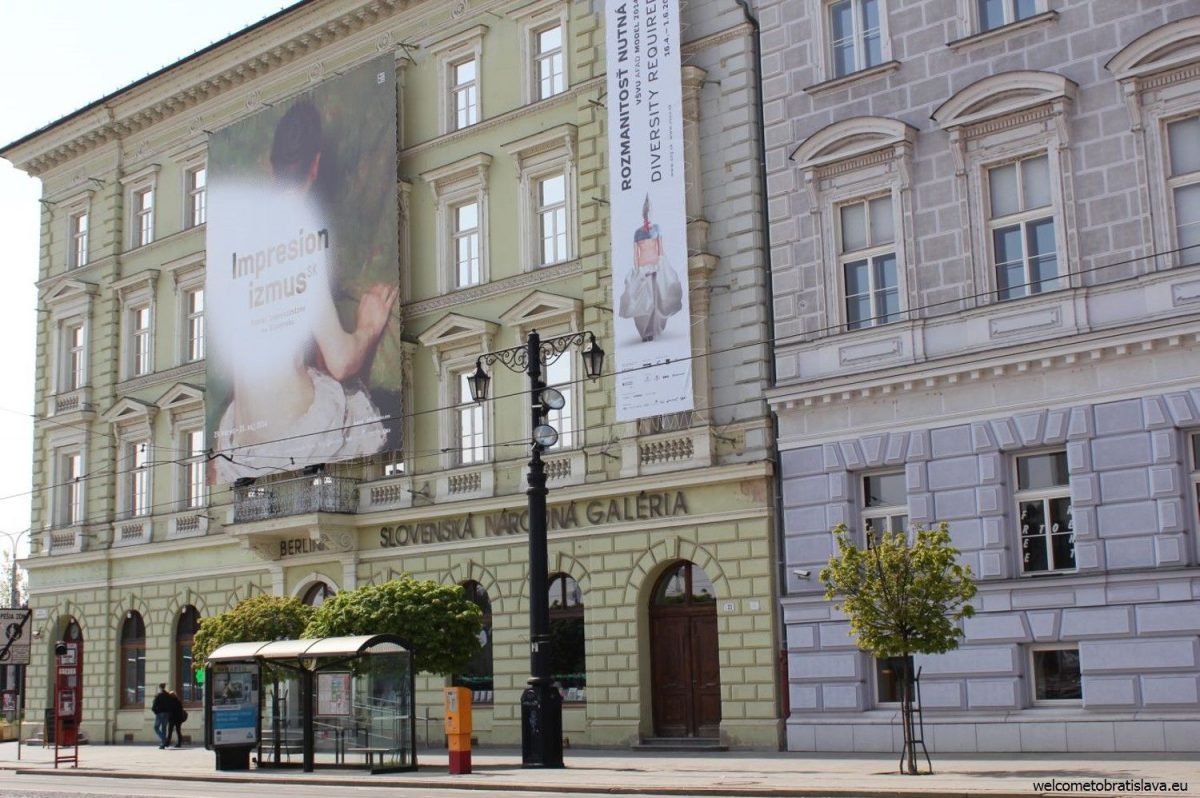
©Photo by official welcometobratislava.eu
The Bratislava branch of the Slovak National Gallery (SNG) is one of the largest of all the SNG outlets in the country. It spreads through countless rooms and halls between a centuries-old Neo-Renaissance palace and a Soviet-style annex near the side of the Danube. Inside, the collections change regularly but are invariably focused on the output of Central European and Slavic painters working from the 1600s onwards.
There are also regular touring workshops and lectures given in English. They provide rounded introductions to the schools of Slavic painting in the modern era. Routine performances of regional music and poetry also take place – they are a must among all the things to do in Bratislava for budding culture vultures.
Before leaving, be sure to check out stylish Berlinka Café on the ground floor of the establishment. It’s nothing short of legendary in the city, with noir interiors where you can get lost in a book with a good brew.

